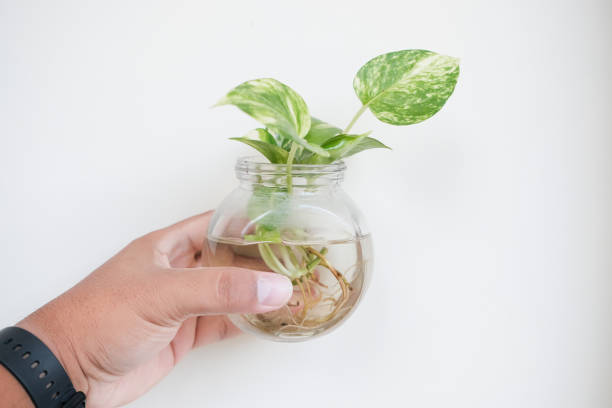
Air pollution is a growing concern around the world, with studies showing that air pollution can have severe impacts on our health. In addition to outdoor air pollution, indoor air pollution can also be a significant health hazard. One of the best ways to improve indoor air quality is by introducing air-purifying plants into your living space.
Air-purifying plants are a natural and cost-effective way to improve indoor air quality. These plants have been shown to remove harmful toxins and pollutants from the air, creating a healthier living environment. Here are some of the best air-purifying plants to consider for your home:
- Spider Plant (Chlorophytum comosum): Spider plants are excellent air-purifying plants that are easy to care for and are known for their ability to remove harmful pollutants such as formaldehyde and benzene from the air. They are also known to help reduce airborne mold and other allergens.
- Peace Lily (Spathiphyllum): Peace lilies are beautiful plants that can help improve indoor air quality by removing toxins such as benzene, formaldehyde, and trichloroethylene. They are also known to help reduce mold spores, making them an excellent choice for those with allergies.
- Snake Plant (Sansevieria): Snake plants are known for their ability to remove toxins such as formaldehyde, benzene, and xylene from the air. They are also easy to care for and can survive in low light conditions, making them an excellent choice for those with less sunny living spaces.
- Aloe Vera (Aloe barbadensis): Aloe vera is a popular plant that is known for its health benefits. It is also an excellent air-purifying plant that can help remove pollutants such as formaldehyde and benzene from the air.
- Bamboo Palm (Chamaedorea seifrizii): The bamboo palm is an excellent air-purifying plant that can help remove pollutants such as benzene, formaldehyde, and trichloroethylene from the air. It is also known for its ability to add moisture to the air, making it an excellent choice for those living in dry environments.
- Golden Pothos (Epipremnum aureum): The golden pothos is a hardy plant that can help remove pollutants such as formaldehyde and benzene from the air. It is also known to help reduce airborne mold, making it an excellent choice for those with allergies.

These are just a few of the many air-purifying plants available to improve the air quality in your home. Air-purifying plants work by absorbing harmful toxins and pollutants through their leaves and roots, converting them into harmless byproducts. As a result, indoor air quality is improved, reducing the risk of health problems such as respiratory issues, headaches, and allergies.
In addition to their air-purifying benefits, these plants also have other health benefits. For example, many of these plants can help reduce stress and anxiety, improve focus and productivity, and enhance mood and creativity. Plants have also been shown to have a calming effect, helping to reduce stress levels and create a relaxing environment.
When selecting air-purifying plants, it is important to consider the size and lighting conditions of your living space. Some plants require more sunlight than others, so it is essential to choose a plant that can thrive in the available light. It is also important to consider the toxicity of the plant if you have children or pets.
In conclusion, air-purifying plants are a natural and effective way to improve indoor air quality and create a healthier living environment. They have several health benefits and can help reduce the risk of respiratory issues, headaches, and allergies. With so many beautiful and easy-to-care-for air-purifying plants available, it’s easy to

